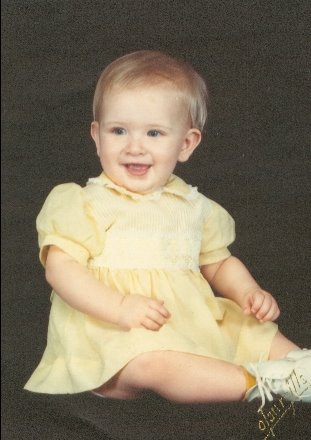Guts
Simon, Seymour. 2005. Guts: Our Digestive System. New York: Harper Collins. ISBN 0060546514.
Who’d have thought that facts could be so fun, interesting and, well, GROSS? Guts: Our Digestive System is a journey through the human body. There’s no particular order, but some of the parts highlighted are the teeth (“the hardest parts of your body”), the stomach (“shaped like the letter J”) and the liver (“the body’s chemical factory”). The book ends with a wrap up of how we are what we eat. “That doesn’t mean that, if you eat a carrot, you will have a carrot growing out of your ear... Truly you are made of the fruits and vegetables, cereals and breads, dairy products, meat and fish that are digested in their journey through your gut.”
This book is loaded with facts and obscure vocabulary (such as chyme, peristalsis and pyloric sphincter), BUT the scary, strange words are surrounded by clear explanations in simple, accessible language—with words like “truckload,” “slimy,” and “soupy,” along with verbs like “squirts,” and “bolts.” Also, even though Simon is presenting facts, he uses words like “seems,” “a lot” and “about” when describing and uses anecdotal examples like, “A tube called the esophagus leads down from the back of your throat to your stomach. The top of the esophagus also opens up into your nose. But you certainly don’t want food to go up your nose” or “When you swallow your food, it doesn’t just fall down into your stomach. In fact, you can eat standing on your head (don’t try it though; you might choke) and still get food to your stomach.” The illustrations are either close-up color microscopic photos, x-rays or computer-generated images—all presenting a unique perspective of the inside of our bodies…A side we thankfully never get to see.
School Library Journal says, “The material is detailed, with terminology that may be difficult for children with no background, but not sophisticated enough to need a medical degree for interpretation. Students will find the book fascinating as well as a bit gross. Writers of health-related reports, as well as casual browsers, will surely put this title to use.”
Booklist says, “In his signature style, accessible without being cute or condescending, he describes the complex facts and processes of the physiology, from the time food enters the mouth until all the various organs transform it into energy, nutrients, and waste. Some of the text is quite dense, but the clearly labeled, full-page color photos show the anatomy close-up, from an X-ray of the colon and a photo of a dissected pancreas to a microscopic view of what heartburn looks like in the stomach. Simon also includes a page about a healthy diet. The facts of how the body works are astonishing. Readers older than the target audience may want to look at this, too.”
Kirkus Reviews "… the author has perfected the art of boiling down the complexities of science into a simple, declarative sequence … "
Guts would obviously facilitate a lively discussion in a classroom of any aged student. Because the book touches on the importance of a healthy diet, further discussion and in-class research could be done to explain how different foods affect our bodies. Also, it could lead to discussions of how much of a mystery our bodies are. Children could draw pictures of what they imagine other hidden internal bodies parts must look like.
Reviewed by Joelie Key-Tissot 10/22/06.

